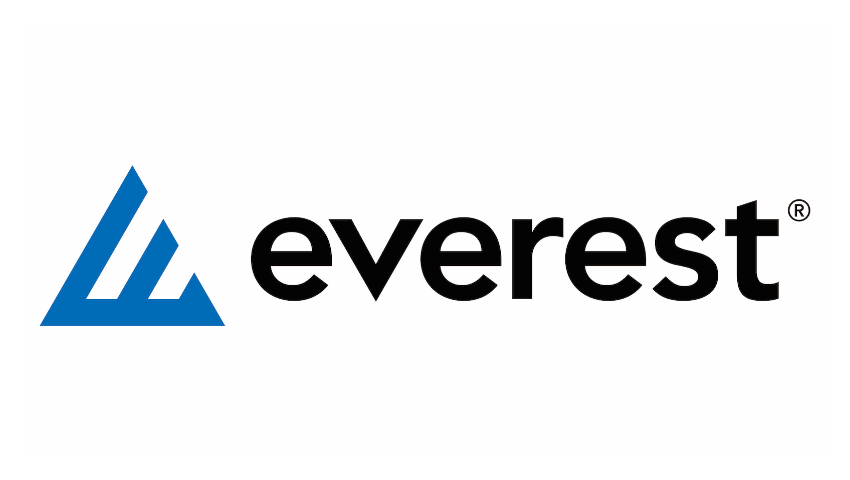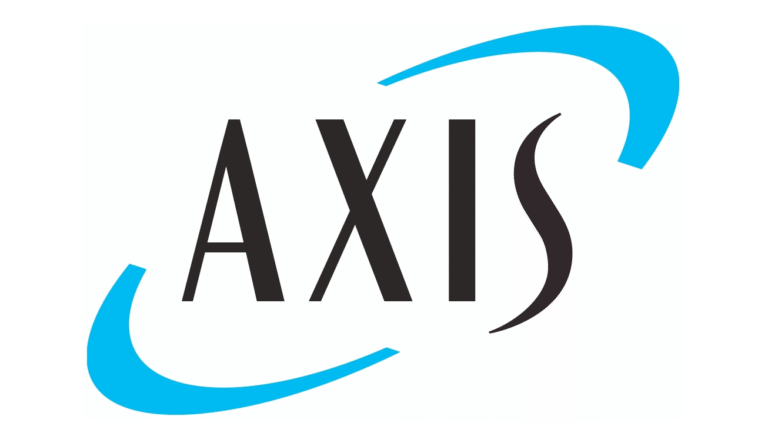
Bermuda-based insurer and reinsurer, Everest Group, has reported an underwriting loss of $130 million for the Group in its third quarter 2025 results, as the strong performance of its reinsurance business was more than offset by the impacts of strengthening its US casualty reserves in its insurance and other segments.

Jim Williamson, Everest President and CEO, explained that these “decisive steps” have been taken to “define its strategic direction and position the company for improved performance.”
“The renewal rights transaction of our retail commercial insurance business and establishment of an adverse development cover are the outcomes of a careful strategic review of the company.
“These actions will provide meaningful flexibility to deploy capital toward share repurchases, strategic opportunities, and selective investments in talent, technology, and data that will enhance our competitive edge. The go-forward Everest is a more focused, higher-return enterprise anchored in Reinsurance and Wholesale & Specialty Insurance, built on underwriting excellence, balance sheet strength, and disciplined execution,” he added.
The ADC covers $5.4 billion of North America Insurance and Other segment liability reserves for accident years 2024 & prior, while the firm booked net unfavourable reserve development of $478 million in prior year loss reserves this quarter, resulting in a 12.4 point increase on the combined ratio for the Group in its Q3’25 results.
As a result, the Group total loss ratio increased to 73.6% from 66%, as the current year loss ratio rose to 59.9% from 58%, and the prior year loss ratio increased by 12.4 percentage points to 12.4%. The catastrophe loss ratio fell to 1.3% from 7.9% in Q3’24.
This led the Group combined ratio to deteriorate to 103.4% for Q3’25 from 93.1% in Q3’24, although the attritional combined ratio, which excludes catastrophe losses, net CAT reinstatement premiums earned, prior year development, COVID-19 losses and losses from the Russia/Ukraine war, was strong at 89.6%.
While the impact of unfavourable reserve development was significant in the quarter, pre-tax net catastrophe losses totalled just $50 million across the Group, a significant improvement on the prior year’s $279 million.
Group-wide, gross written premium (GWP) fell 1.1% year-on-year to $4.4 billion in Q3’25, as net written premiums (NWP) fell 1.3% to $3.8 billion. Everest states that growth in property and specialty lines across both insurance and reinsurance was offset by reductions in certain casualty lines in the quarter.
Across the Group, net income totalled $255 million for Q3’25, down on the prior year’s $509 million, as net operating income fell from $630 million to $316 million.
As Everest explains, the reserve strengthening hit its insurance and other segments, with the former posting a combined ratio of 138.1% for Q3’25, compared with 96.9% a year earlier. The total loss ratio jumped from 67.4% to 106.1%, driven by a higher current year loss ratio of 67.1% and a higher prior year loss ratio of 38.5%.
The insurance segment booked pre-tax net prior year reserve development of $361 million, as the firm strengthened its US casualty reserves, primarily focused on accident years 2022 to 2024. The reserve strengthening, according to Everest, was driven by elevated loss experience in excess casualty and US liability lines.
In contrast, pre-tax net catastrophe losses totalled just $5 million for the insurance business in Q3’25, compared with $40 million in the prior year.
For the third quarter of 2025, the insurance segment fell to an underwriting loss of $357 million.
Insurance segment GWP increased 3.4% to $1.2 billion in Q3’25, and NWP rose 7.5% to $848 million. The firm explains: “Everest Insurance grew by 46.4% in Accident and Health and 15.8% in Other Specialty. Growth was partially offset by decreases of 15.8% in Specialty Casualty, primarily reflecting the execution of our 1-Renewal Strategy focused on U.S. casualty lines, and 13.6% in Workers’ Compensation.”
For the other segment, Everest has posted an underwriting loss of $149 million, as prior year incurred losses and LAE rose to $146 million, driven by US casualty lines, primarily from the company’s sports and leisure business.
While not sufficient to fully offset the losses in the insurance and other segments, Everest’s reinsurance business had a very strong third quarter, posting underwriting income of $376 million with a combined ratio of 87%, compared with 91.8% a year earlier.
The total loss ratio for reinsurance fell to 58% from 65.4%, driven by a lower catastrophe loss ratio of 1.6%, compared with 9.1% in Q3’24.
Within reinsurance, pre-tax catastrophe losses were $45 million, net of estimated recoveries and reinstatement premiums, driven primarily by a number of mid-sized events globally. During the quarter, the business also booked net favorable prior year development of $29 million, driven by well-seasoned attritional property and mortgage reserves.
Year-on-year, third quarter reinsurance GWP did fall to $3.2 billion from $3.3 billion, as NWP decreased 3% to $2.9 billion. Everest explains that premium growth was primarily led by a 10.2% increase in Property Catastrophe XOL and a 24.3% increase in Property Non-Catastrophe XOL, partially offset by a 16.3% decrease in Casualty Pro-Rata and a 10.2% decrease in Casualty XOL, when adjusting for reinstatement premiums.
Beyond the underwriting side of the businesses, Everest has reported that net investment income increased to $540 million versus $496 million in the prior year quarter, driven by a larger asset base and strong alternative investment returns.





